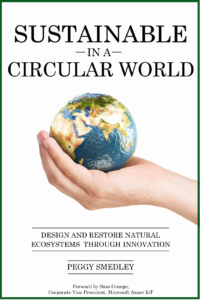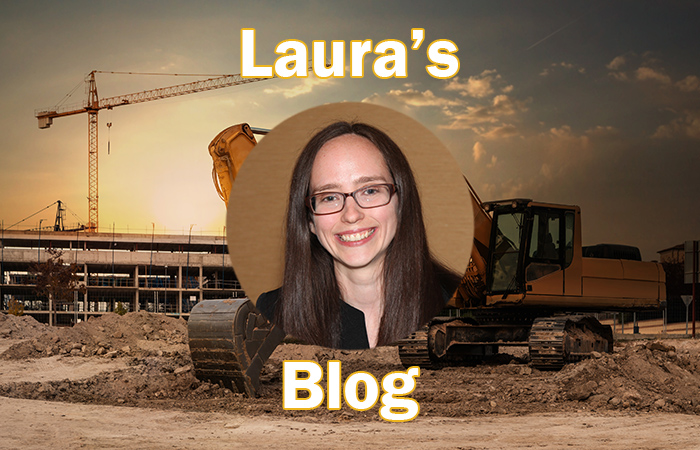Buildings are entities that evolve, and we are seeing new types of buildings emerge, creating cities and communities of the future. Let’s consider a few ways buildings are continuing to change.
Healthy Buildings
In the early days of the COVID-19 pandemic, there were a lot of conversations about how to make buildings “healthier,” with a very big focus on the IAC (indoor air quality) in our homes and buildings. Much work has been done in the past five years—and much work is still being researched.
Just last year, Stanford University conducted research that suggests seasonal respiratory illnesses like COVID-19, and the flu can be linked to indoor humidity levels. More specifically, it says excess ventilation can reduce relative humidity in a way that could counteract public health interventions targeting airborne viral infections. This lends some credence to the theory that people tend to get sick more in the winter, due to heating systems drying out indoor air.
Richard Zare, the Marguerite Blake Wilbur Professor in Natural Science and a professor of chemistry, Stanford, says indoor relative humidity of 40-60% has long been recommended and we now see this creates anti-viral compounds in the air’s microdroplets.
All in all, we can conclude the right ventilation systems can lower—not eliminate, but lower—the spread of illness. This is certainly only one example of how homes and buildings can help us lead healthier lifestyles. Others include the right natural lighting, clean water, and more.
Green Buildings
Another trend we have been watching here at Constructech and Connected World for several years is green building, which itself has evolved in the past decade. We have moved from green building being a nice-to-have to being a greater priority for project owners, thus becoming a greater priority for many construction projects.
In January, the U.S. Green Building Council announced the top 10 U.S. states for green building in 2024. While it is not officially on the list because it is a federal district, the District of Columbia leads the nation, with more than 33-sq.ft. of certified space per resident across 111 green building projects.
The top 10 states are:
- Massachusetts
- Illinois
- New York
- Washington
- Maryland
- California
- Texas
- Nevada
- Colorado
- Virgina
Green building has been around for a while—but it does still continue to evolve, as new technologies, materials, and procedures become available for the AEC (architecture, engineering, and construction) industry to take advantage of.
Want to tweet about this article? Use hashtags #construction #IoT #sustainability #AI #5G #cloud #edge #futureofwork #infrastructure #green #healthy


